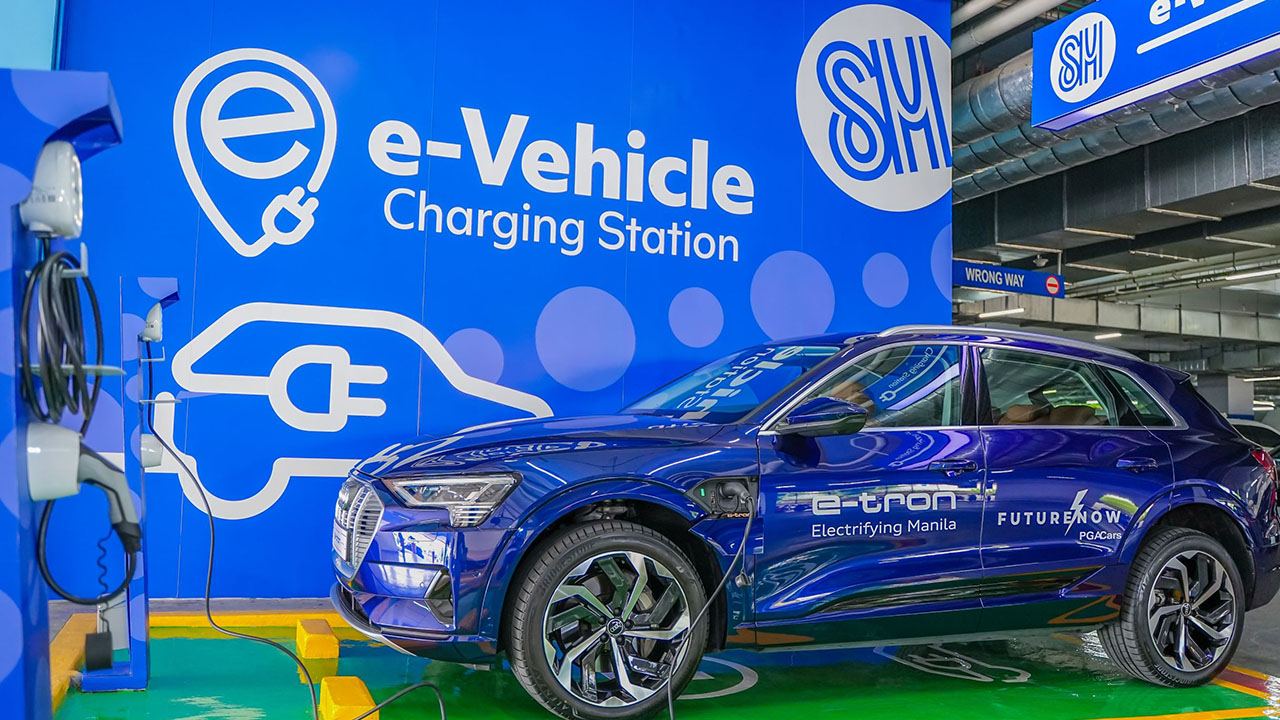However, one cannot deny that the former President (and his family, actually) remains relevant today. He and his wife remain relevant because even after their public service as the President and first lady, they continue to do powerful work for the good of America. And that is what sets this three-part documentary apart because it focuses on what Obama represents rather than who he is.
Part I
Part I is a jam-packed opener to this three-part series. It runs you through Barrack Obama’s unique and extraordinary childhood all the way to the Democratic primaries where he wins against Hillary Clinton for the presidential candidate. That’s quite a lot to sum up in the hour and a half that comprises part one.
This episode starts you off with Obama’s multi-racial youth, his challenges living abroad, and the complexity of having no father figure growing up while being raised by his mid-western, typical Kansas grandparents.
His grandparents, being a very accepting family of racial differences than what was normal for their time, in many ways served as a foundation that instilled good American values in him during a time when the civil rights movement was at its height. This proved to be a very significant basis on how Obama behaved as a president many years later.
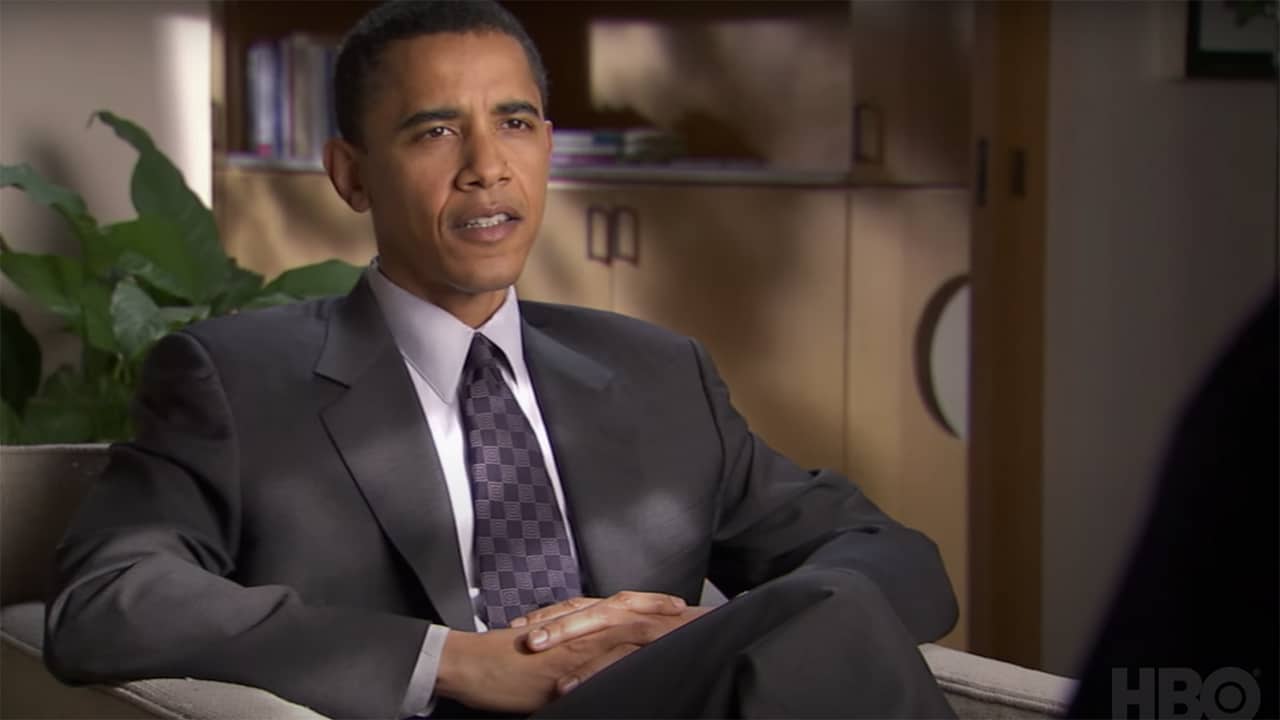
The first part of the documentary also takes us into Obama’s constant search to answer the question of what it means to be black while embracing his mixed heritage. It was through his activism in college and later on as a community organizer in Chicago that he really found his African American community. So much so that he decided to go to law school because he felt that it would give him a platform to truly understand what kind of change he can do and how to do it.
The first part of the documentary ends by highlighting the disinterest of black people in America with the government and how Obama used the running of Carol Braun for office as a platform for Project Vote, getting black Americans interested in voting. Finally, Part I gives us a quick run-through of Obama’s own election for Senate and later his nomination as the presidential democratic candidate against Hillary Clinton during the primaries.
Part II
The second part of the documentary series is perhaps the most inspiring and emotional. It shows Barrack Obama’s continuous struggle against a controversy that surrounded his campaign both during the primaries and his actual presidential campaign – challenges that a normal white presidential candidate would not have otherwise faced – more specifically having to prove that he was, in fact, American.
This section of the documentary, through many subtle enumerations, exemplifies the kind of man Obama is. From the beginning, his presidential race was riddled with racial issues that his platforms and agendas became almost secondary. However, Obama persevered and always sang true to the tune that no matter our differences, if we come together and found our middle ground, something can be achieved for the greater good.
Even after Sarah Palin’s appalling speeches against his roots, making racists and false remarks about his Muslim heritage side by side with the controversy of Reverend Wright’s anti-war sermons coming to light, Obama decides to deal with the race issue by facing the issue head-on.
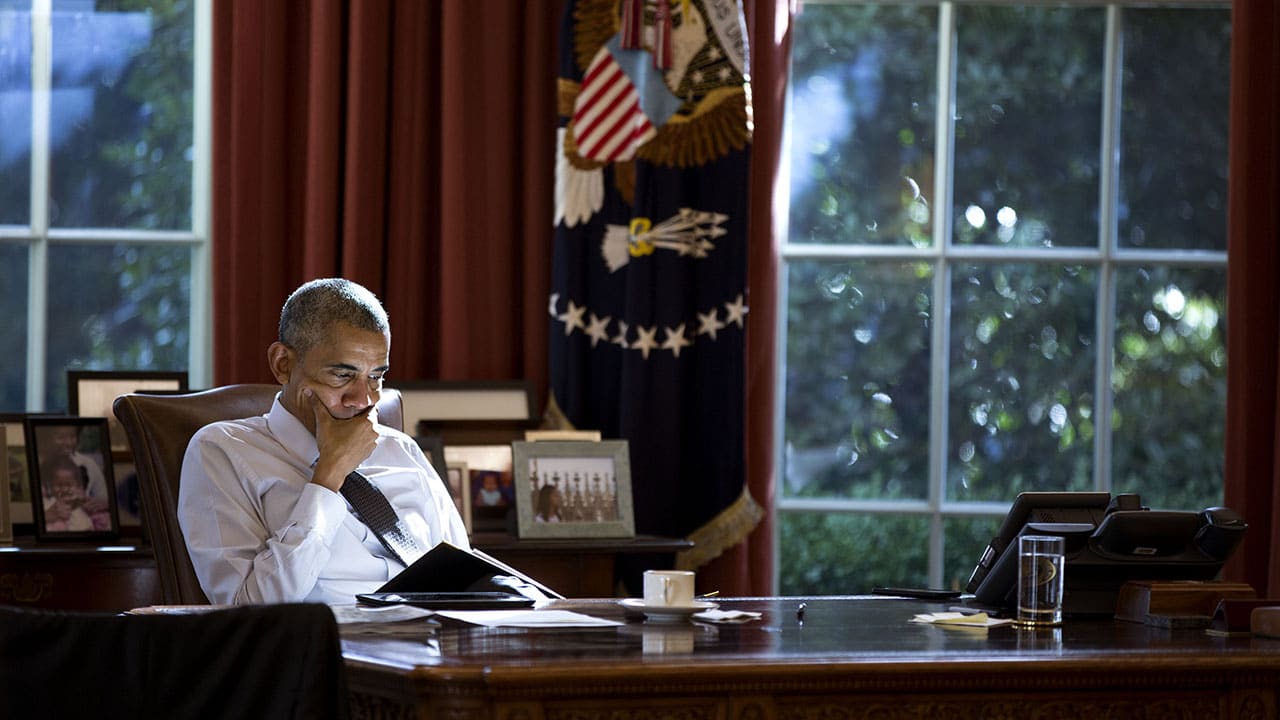
This was when he gave what is now the monumental A More Perfect Union speech in Philadelphia. It was during this speech that he very clearly was able to bring both black and white voters together, which led to his winning the presidential elections.
Part II lets you quietly bask in the very big moment that the very first black President has finally arrived in the highest position of power in the United States. It was best put by Cornel West (Professor and Activist), “Now you have a black man in that White House built primarily by black slaves, that’s a moment that all of us of all colors feel very, very deeply.”
Obama stepping into the White House also changes the mindset of African Americans who have otherwise limited views of what they can achieve as people of color. Ta-Nehisi Coates (Author and Journalist) put it best, “Robbers and basketball players. That was the range in which black men existed in pop culture for the most part. That’s it! So it was really something beautiful about seeing something else. This was black Camelot, how much more American could we get than this?”
Part III
Perhaps the most powerful part of the documentary is the final and third part, which opens during the first days of Obama’s presidency—a time that was dubbed post-racial America. A time where there was a sense that America has gone into a status where the barrier or hindrance of race was no longer an issue just because a man of color was finally elected as President.
However, despite inheriting a bleeding economy from the previous administration and acting swiftly on the issue, the subject of race was always brought up. Even during the time when something as big as Obama’s healthcare reform was where the spotlight should have been, somehow issues still steer toward race.
I guess it is fair to say no matter how much Obama didn’t want to be tied to just race, his presidency will always be married to it, beginning from his 2004 democratic conference speech about how much he wants a diverse future with diverse people in office/public service.
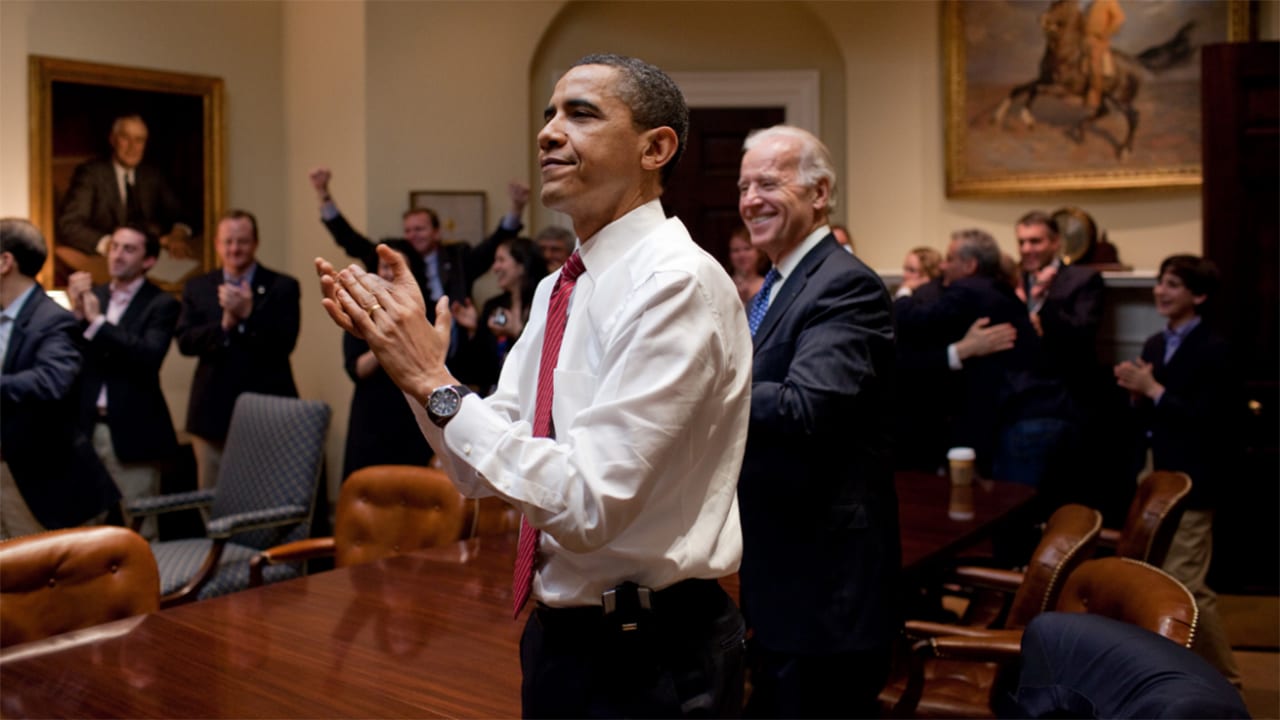
Still, throughout the sensationalism and stigma that surrounded his presidency, Obama stayed true to his very deep sense of fairness. As always, he wanted to find the middle ground against his opposers and naysayers, encouraging working through differences for the greater good of the American people.
He welcomed debates and active exchange of ideas because he recognized that it sparks change – or at least the conversation for change.
Despite having to be in between criticism (and sometimes disrespect) from right republican opposition and the black community thinking he is not leading the conversation on black injustice enough, Obama remained poised and stoic because he knew that his presidency was never about him but was always about what it represented.
The Obamas also led the racial conversation in their own way by having cultural events at the White House that showed us the heritage black people have contributed to the America we know today.
Final thoughts
Finally, Al Sharpton highlights, “Every time there was a step forward in the history of black people’s progress, there is a backlash. It is naïve for us to think there wasn’t going to be any backlash after the election of the first black president.”
“Donald Trump caught into a backlash fervor of the unfounded fears of many people and striking on simplistic things like “they’re not one of us”, “we need to go back to old America make America great! And no one thought that that could work.”
Sadly, there was an underestimation of hate within the voting American population, and it was not at all surprising that the Trump campaign was able to use that hate to fuel his ride all the way to the White House. Luckily, that is all Donald Trump will ever be, a backlash.
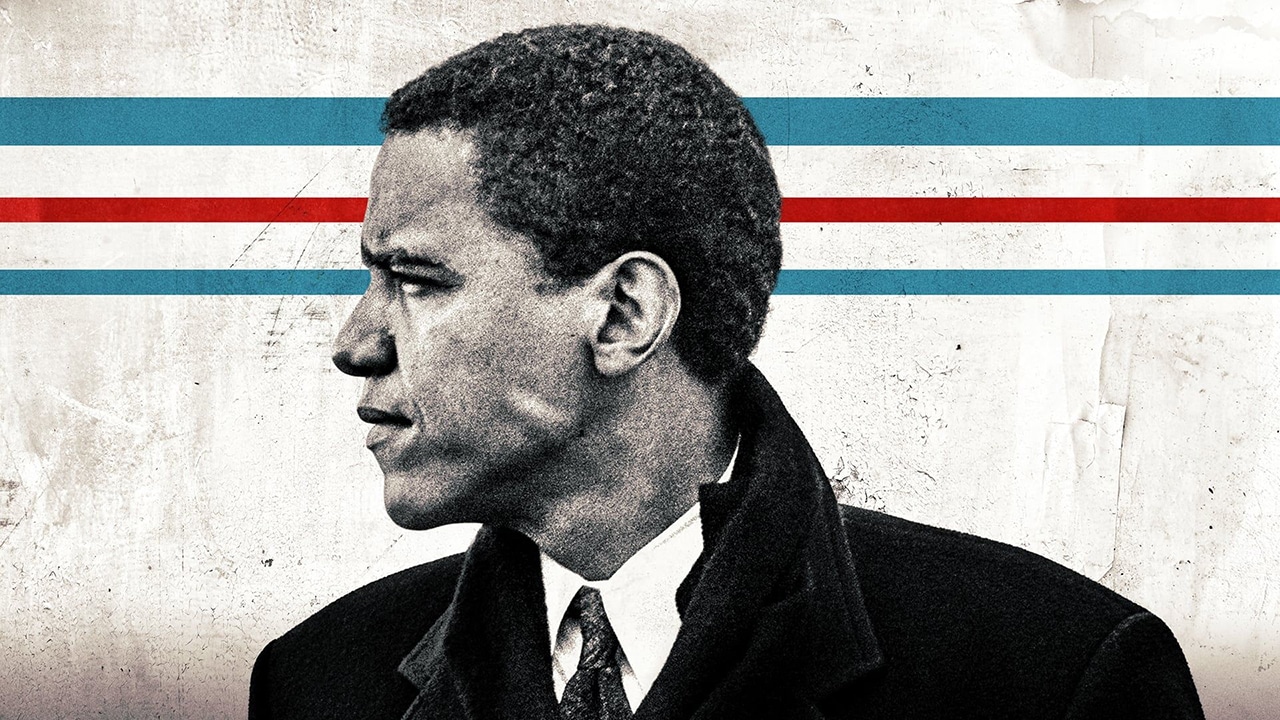
If anything, Trump only emphasized the grace and manner that Obama led America in his two terms as Trump juxtaposed it with his very reactive displays of unpresidential bravado and lack of decorum.
The reason why we are still making documentaries about Obama today or why both Barrack and Michelle Obama’s books are holding bestseller lists for weeks is because until now they remain relevant through their work as true public servants long after their stay at the White House.
It is through their body of work and for the good of their nation will their pursuit of a more perfect union be forever pushing forward, no matter the setback or backlash it may face.
If you want to be inspired, then get on this documentary now, currently streaming on HBO.



